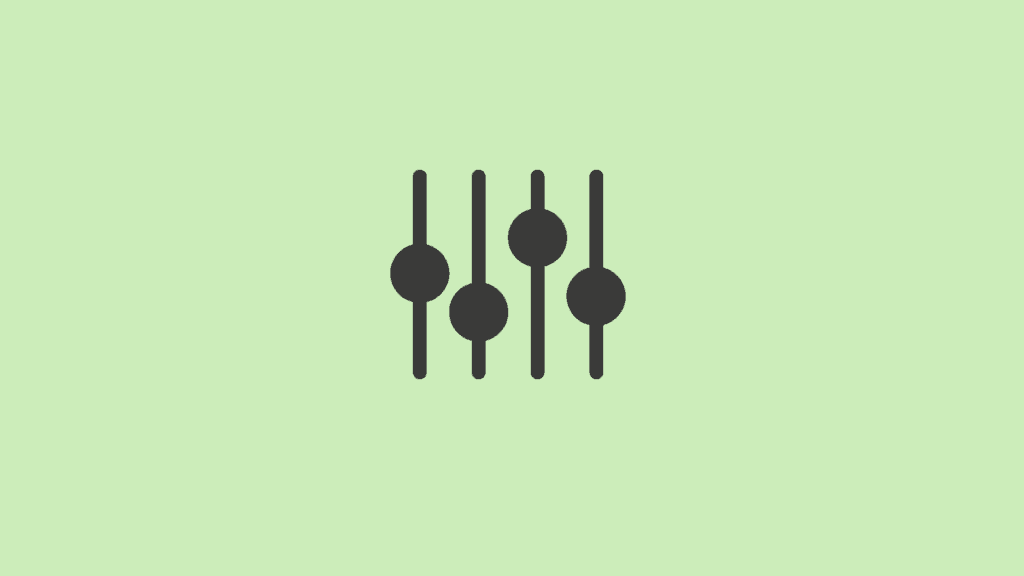Everyone has seen a project file that has so many channels, automation lanes, edits and much more.
Take the below examples – one is neat, one is messy, but they both use a lot of channels.
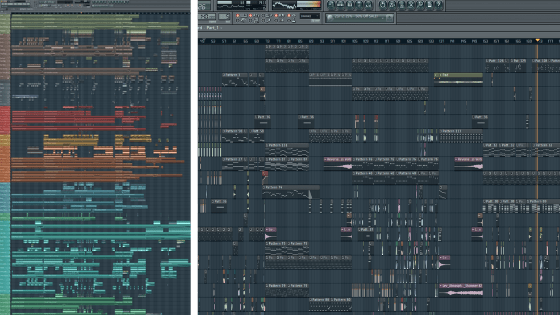
So we start to assume that better producers have more complex projects.
Better producers also have better music, so we make the deduction that more channels = better song.
But no, more channels does not = better.
Why?
Let’s have a look.
New to music production? 🧑💻
Watch our Free Masterclass on how to learn electronic music production the smart way (without months of confusion & frustration) 👇
Different is Not Better
It’s very easy to fall into the trap of thinking that more complex music is objectively better because it took more skill to create.
This is especially true from the perspective of a producer, who can appreciate the effort that has gone into a complicated project file.
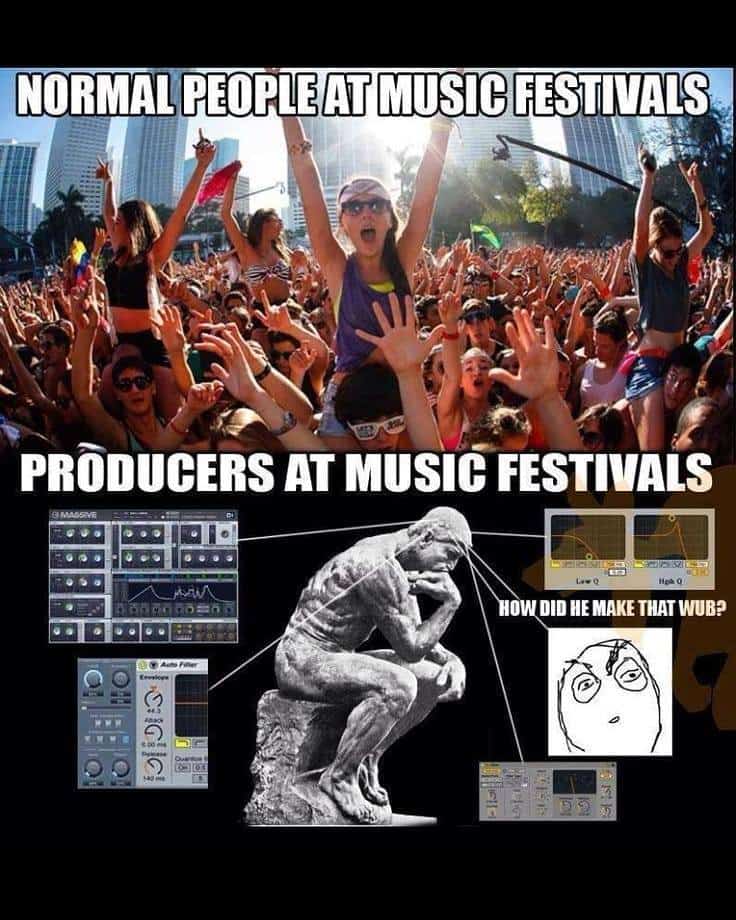
But the best music is music that people identify with, not just producers.
Nobody listens to music and thinks ‘oh, they must have used over 100 channels to make this!’ (once again, unless you’re a producer).
Same goes with hours spent on a DAW project, the number of plugins used and whatever else you can count.
From personal experience, the moment I stopped thinking that ‘x number of tracks’ or ‘x number of hours spent’ would make my music better, was when I started actually writing better music.
Most of the time, 50 of the channels in a 100+ channel project would be little one-off ideas that the track could have gone without.
They were finishing touches – 1% improvements.
These aren’t bad, but remember that the human brain can only focus on 3 elements at once. Those elements could be made up of 1 layer or 10, but people only hear it as one thing.
Take three common elements for example:
- Vocal
- Keys Synth
- Drums
If these instruments are forward in the mix, it’s unlikely that the listener is going to hear that delayed/pitched sinewave you put in the background at bar 44, at least not the first time.
Not that adding it is bad, but do it with intentionality.
Because at the end of the day, different music with different numbers of channels doesn’t vary in quality, it’s just different.
Different because they achieve a unique sound through the use of more elements. This is why certain genres (like glitch) tend to have a greater number of channels per track.
Recommended: 5 Hard-to-Develop Skills All Successful Producers Have
An Example
Consider the song Alors On Danse by Stromae. Released in 2009, it went global.
As you can see from the video, the whole track is made from extremely basic elements (a lot of them are presets) in the DAW Reason.
In total, it would have less than 15 channels for the whole track.
But it had the success it did, and it’s a very catchy song.
Compare that to someone like Porter Robinson, who openly admits that he’ll use at least 150+ channels on a song.
Yet something like Sad Machine has a very catchy melody and clear focal element, regardless of those extra channels.
While these songs have differences:
- Genre
- Sense of depth (Sad Machine has more ‘atmosphere’)
- Energy levels
There is a lot in common:
- Pop sensibility
- Catchy hook
- Layers
This goes to show that Sad Machine is just different, not better, because of the number of channels.
Recommended: How To Analyze Music Using The 5-Point Technique
Complexity is Not Skill
Another fallacy is that people think more complex projects mean you have to be a skilled producer. Unfortunately, this is far from the truth.
I know because I was there.
I would jam-pack my track full of elements, creating a wall of nothingness.
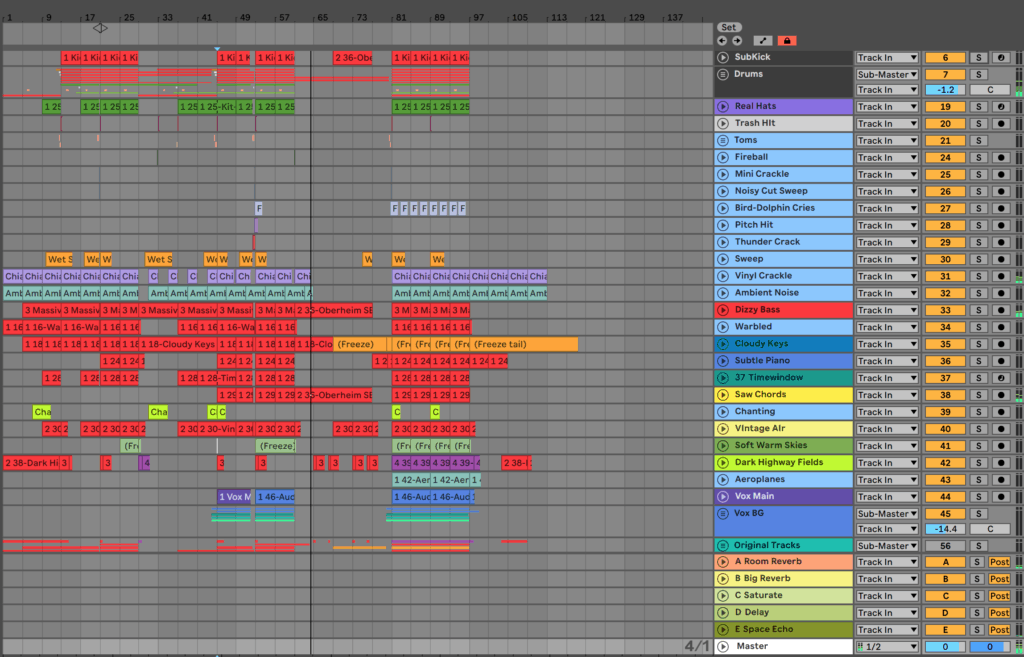
In fact, I would take this further by:
- Adding extra outro sections to seem more artistic and unique
- Putting a stereo effect on everything to make it seem more real and organic
- Using ridiculous mastering chains of all my favourite cracked VSTs, even though I had no idea how they were making things better
Even though my projects looked good, the results were far from it, especially once bounced out.
It can be easy to fall into this trap, and often many great tracks will get ruined from this ‘overcomplication’ mindset.
Instead of adding more for the sake of it, listen for what’s there and see what the next step is. Instead of adding more channels to the mixer, it might be deleting them, changing them, or adding automation instead.
Here are a few tips for avoiding complexity.
Recommended: Electronic Music Genres
Channel Limits
In dire circumstances, you might want to set a channel limit for your self.
This can ensure you maximize the quality of your arrangement with what you have.
I’d recommend setting a limit of 10-20 in most cases, as this tends to be a good balance of allowing yourself creative freedom while still giving yourself a maximum.
If you need extra guidance, name the channels before you even start using them. For example, in a 10-channel project you could have:
- Kick
- Snare
- Hats
- Percussion
- Bass
- Chords
- Melody Lead
- Extra Synth
- FX 1
- FX 2
Recommended: How To Destroy Creative Block with the Song Palette Strategy
Time Limits
A lot of the time, unnecessary tweaking and channel addition can come from having too much time to work on a track.
You start off with a great song, but it gets overworked to the detriment of the track.
Setting yourself a time limit, whether it’s a maximum number of hours or a deadline, can help alleviate this temptation.
This is exactly why I started my track-a-week challenge for 2020.
Write on One Instrument
This is highly contextual on the type of music you are making, but using one instrument to write the core of the song can be extremely helpful.
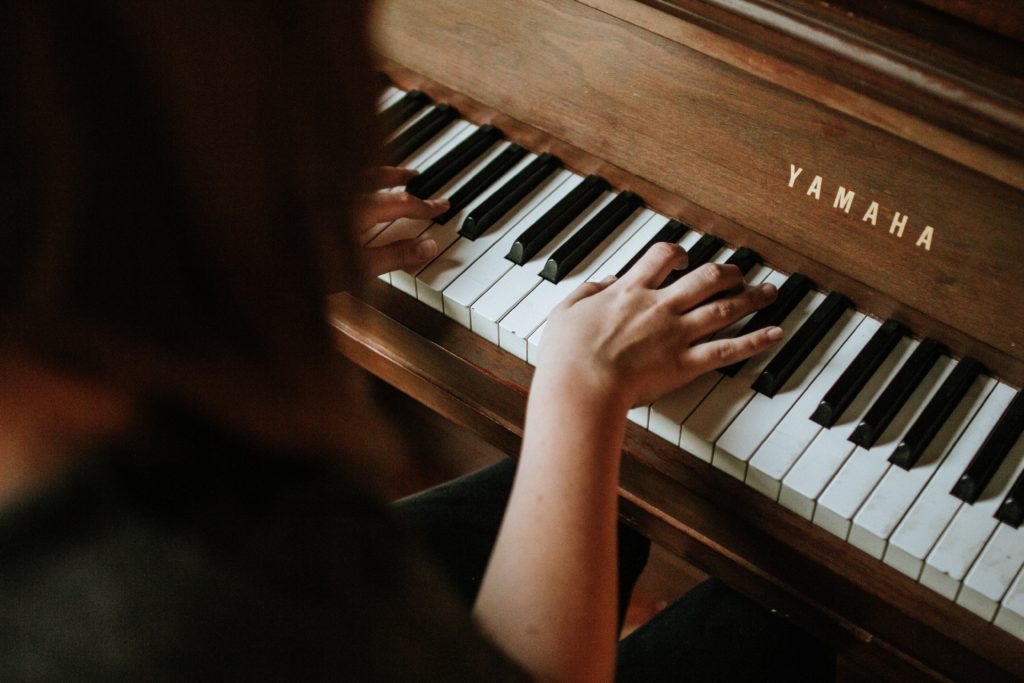
Sometimes I’ll start with a piano so I can focus on the chords, melody and rhythm and then later branch out.
Because if you can get a song sounding good with just a piano, then you’ve got a great place to work from that won’t require you to add 100’s of channels just for it to be good.
Recommended: Finishing Music: Strategies for Completing Your Tracks
New to music production? 🧑💻
Watch our Free Masterclass on how to learn electronic music production the smart way (without months of confusion & frustration) 👇
Ego is Not Quality
Perhaps the main reason producers started adding more channels (for the sake of it) is this: ego.
At the end of the day, it feels good to say to someone that your last single had 154 channels.
On the other hand, saying your last track had 15 channels sounds pretty unimpressive, especially in the realm of electronic music producers.
But remember, for most of the recorded music’s history, bands, artists and producers were limited, whether that be 4, 8, or however many channels.
Just think of a band: vocals, drums, guitar 1, guitar 2, bass, keys. That’s 6 stereo channels max (maybe 10 if you split the drum kit out).
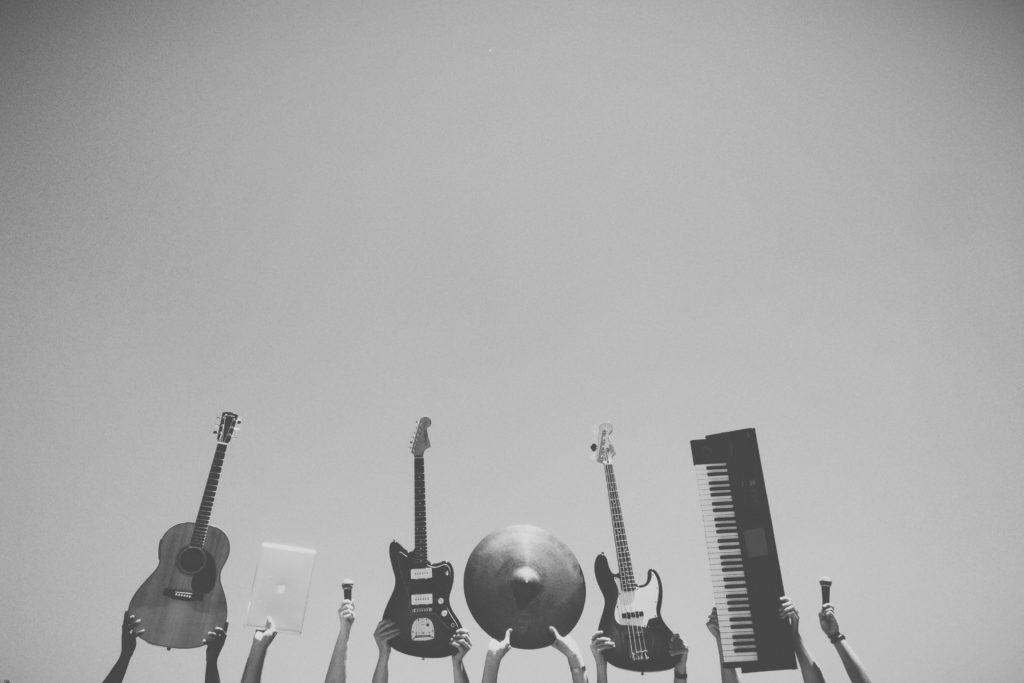
The point is, now that we have the ability to add more channels, we feel we need to justify ourselves into doing exactly that for the sake of it.
But this doesn’t mean we are writing better music.
And once again, if you actually needed 150 channels, then great. But don’t feel like you need to ‘measure up’ just because someone else did that.
Different Workflows
An important point to consider is that different workflows can yield different numbers of channels.
Not sure what I mean? Consider someone who works in audio a lot.
Audio
They’re likely to add a new channel for every effect and every new element, so they can add processing for each one.
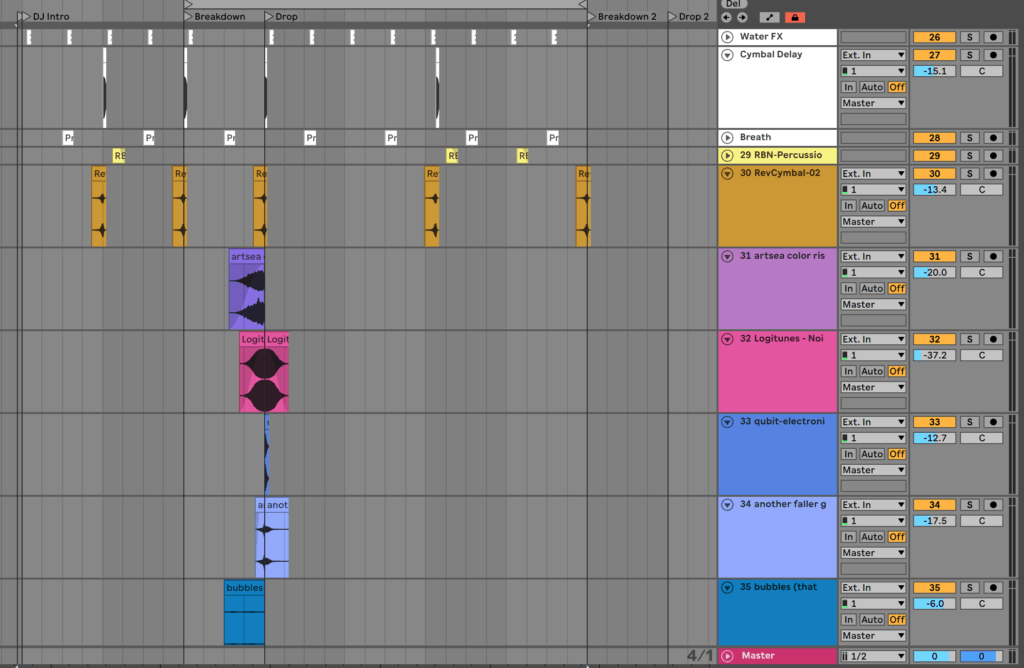
Even if it’s just a one-off crash cymbal or interesting background sound, it will still end up having its own audio track.
Maybe someone has 5 layers to a synth that they used an individual channel for each, instead of multi-layering them in the one ‘instrument’.
So even if a track appears to be complicated, a lot of the time it really isn’t. It’s just the result of this particular workflow.
MIDI
But someone who uses a sampler in MIDI can add lots of one-off FX sounds into a single note on a keyboard, and process them internally.
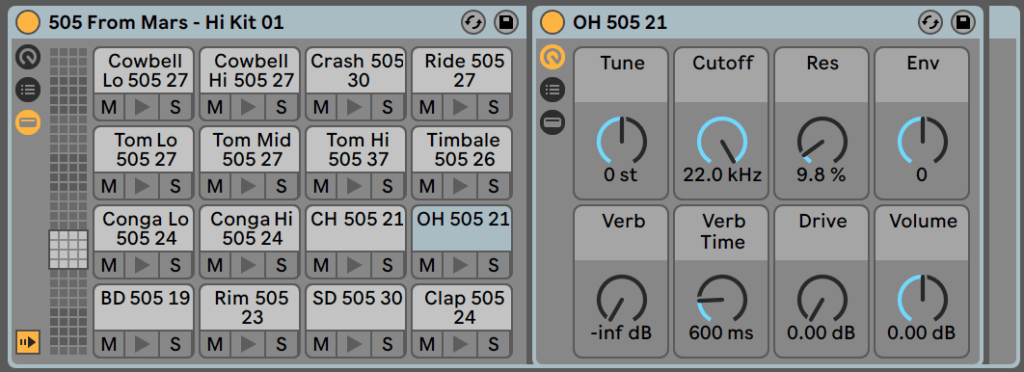
This means 10 different FX sounds could be put into one channel, instead of 10, as you can play multiple notes at the same time and overlap them.
It might not be the prettiest workflow, but it can allow for some interesting creative results, as you can ‘play’ them in.
DAW-Specific Workflow
Some DAWs use channels differently. For example, Pro Tools uses both Stereo and Mono tracks, but Ableton Live uses only stereo channels that you can treat in mono.
Logic Pro X has some complicated bus routing you need to do if you want to use groups-within-groups, so that could explain certain differences in track numbers.
There are many factors that can result in this channel increase, but you shouldn’t feel bad if you aren’t in the same situation.
New to music production? 🧑💻
Watch our Free Masterclass on how to learn electronic music production the smart way (without months of confusion & frustration) 👇
Don’t Think About Channels
At the end of the day, your goal shouldn’t be to get to a certain number of channels.
You should be focused on what the song needs. Once you realize this, the number won’t matter anymore.
So next time you open your DAW, remember your making music, not channels.
One way to do this is to optimize your workflow. That’s why we wrote our eBook, The Producer’s Guide to Workflow & Creativity.
Any questions? Let me know at [email protected].

